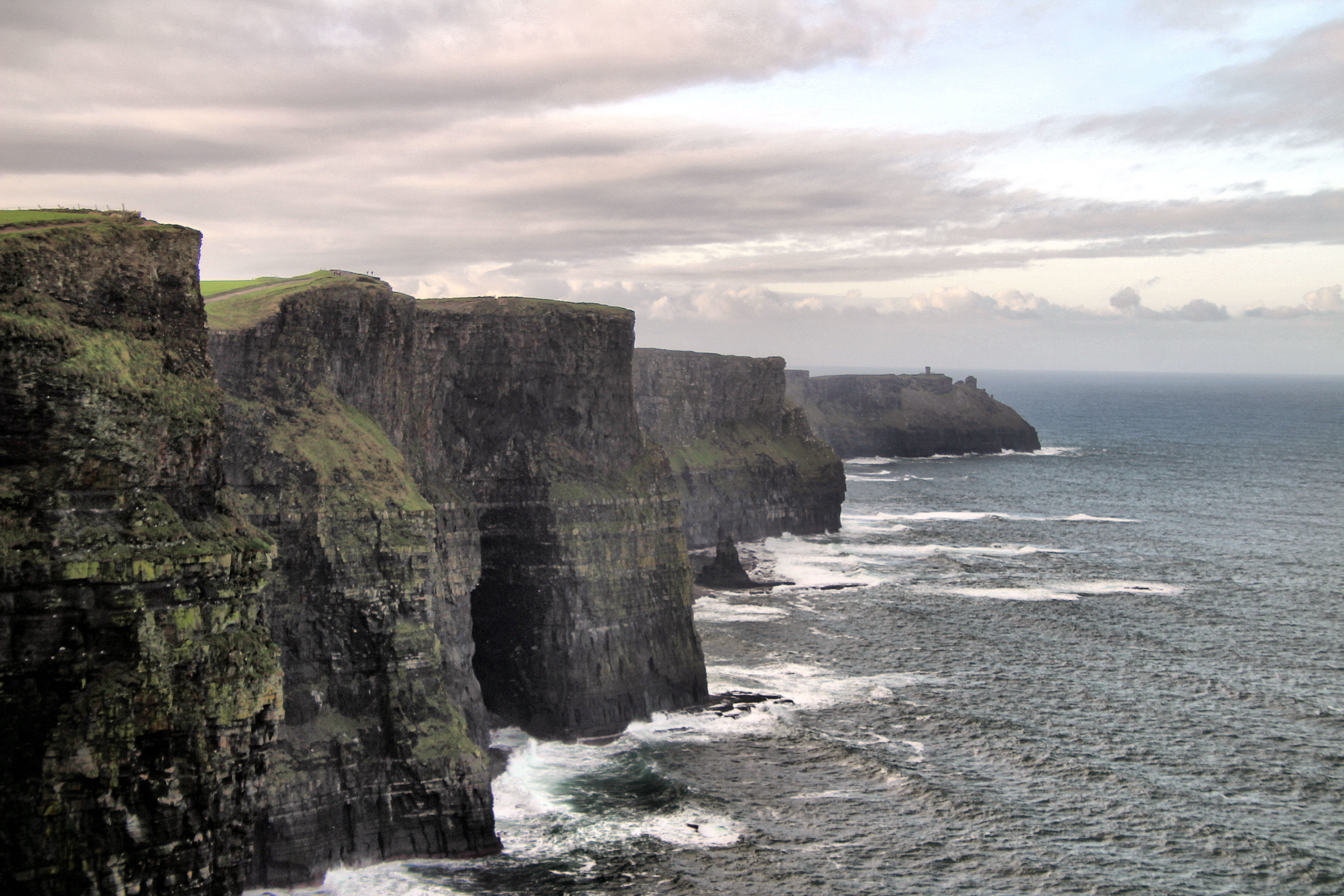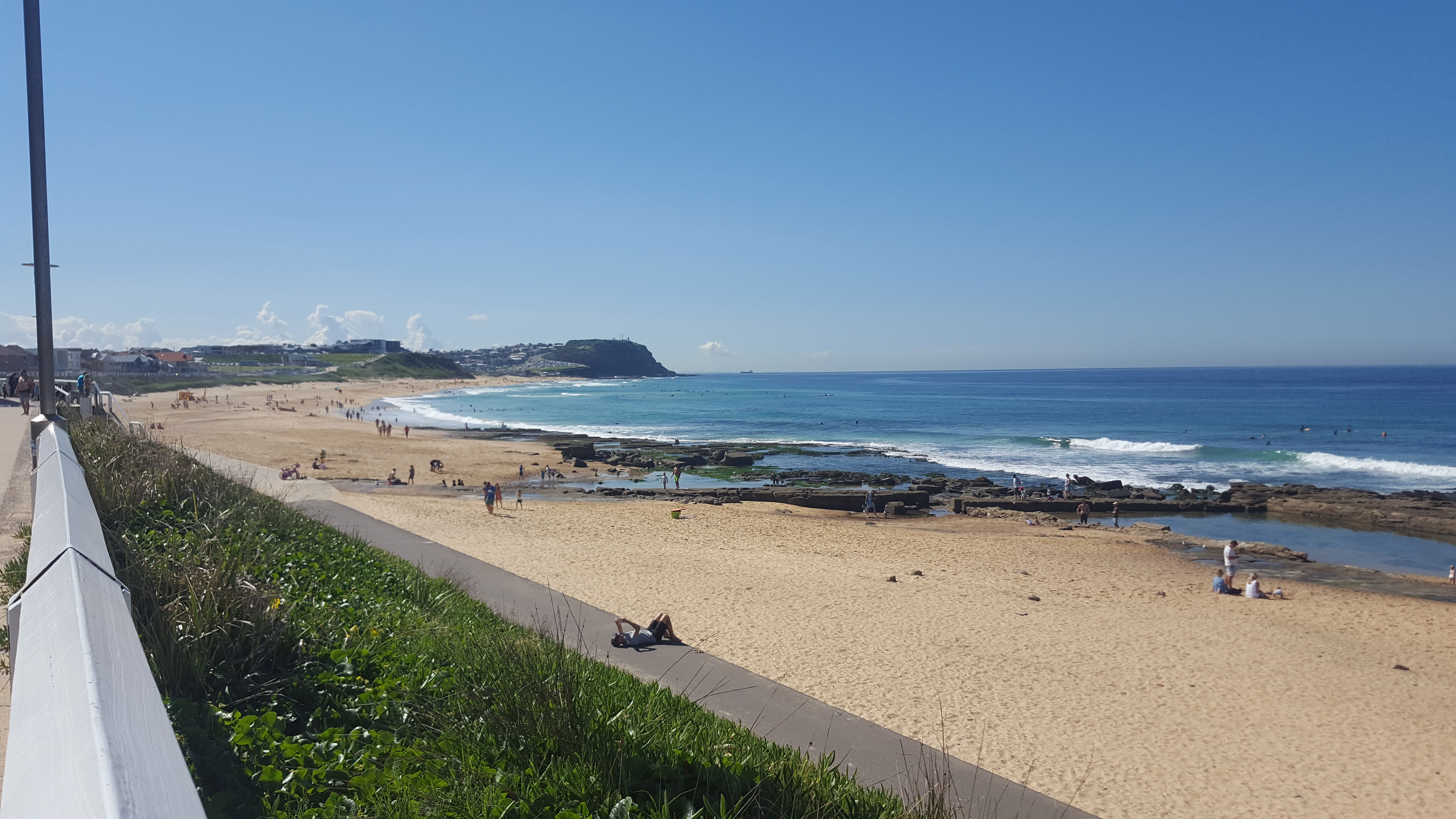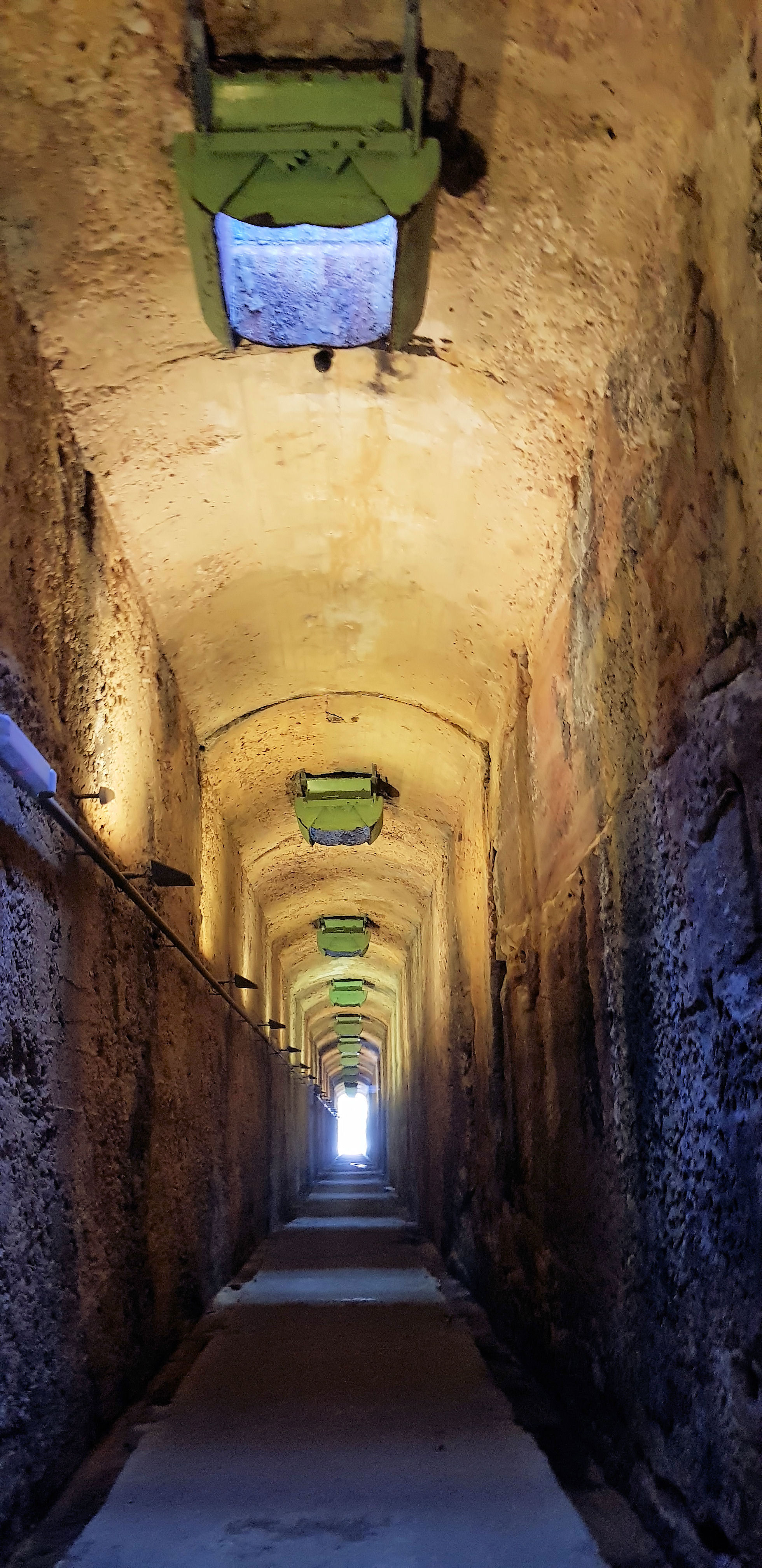Category: Building
Building
-
Driving Tour of Ireland The Emerald Isle

How did We Get There? Our eight-day driving tour of Ireland was the first stage of a 35 day trip to Europe and was a amazing place to start. We flew into Ireland from Sydney with British Airways, via Singapore and London making it a long tiring trip, The arrival time was 7:30 am so… Read more
-
Newcastle Hunter Valley New South Wales

Newcastle Only 160 km north of Sydney is Newcastle, Australia’s seventh largest city. Located in the heart of the Hunter Region it i has beautiful beaches and a stunning coastline. There are some amazing beaches within an hour’s drive of Newcastle and Port Stephens as well as some world-class wineries in the Hunter Valley. A… Read more
-
Balls Head Coal Loader

Balls Head Coal Loader How Did We Get There? We caught the train from Central Station to Waverton Station and then walked to Balls Head coal loader. It was a great walk through a nice neighbourhood. Alternately, you could drive and park nearby. The Balls Head Coal is a relic of Sydney’s past when it… Read more